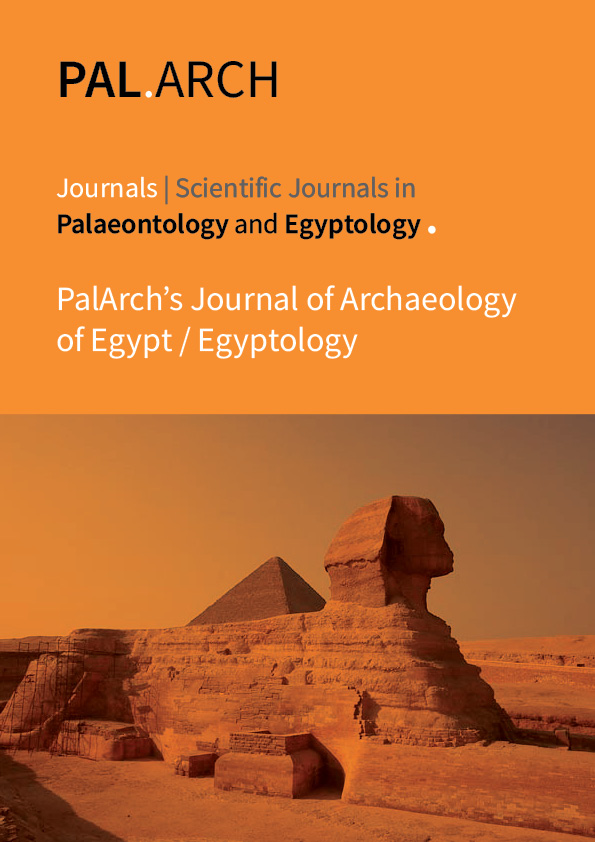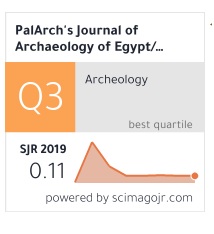EXCHANGE RATE, FDI AND ECONOMIC GROWTH IN MALAYSIA: AN ARDL – ECM APPROACH
Abstract
This research examines the importance of the Autoregressive Distributed Lag Model (ARDL) and Error Correction Model co-integration between foreign direct investment, exchange rate, and economic growth in Malaysia for the period 1970 to 2018. The model shows that while the dependent variable is Gross Domestic Product, the factors are integrated in both short-term and long-term.But the long-term ECM test reveals that it is not statistically significant. The model is structurally compatible with CUSUM and CUSUMSQ and it has no breaking lags.Moreover, all the diagnostic and stability tests other than the J-B test verify the reliability and significance of the tests.The Chow Breakpoint Test reveals that no structural breaks exist in 2001. In addition, FDI has an optimistic and important effects on Malaysia's economic growth, unlike the exchange rate. On a diplomatic front, the government should raise FDI by investor opportunities, a robust macro-economic situation, and the cautious use of low inflation and an effective mechanism for monetary control in terms of exchange rate stability for economic growth.



